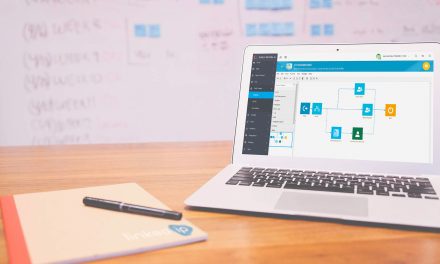Automatic Call Distribution
Imagine your business getting phone calls and all of them ending up in the hands of the right, skilled and available representatives, so calls are never missed. It does not matter if such representatives work at the office or remotely; as long as there is one representative available, the callers will get connected.
The fact calls were not abandoned, it was possible thanks to a technology that comes from decades ago, and it’s called Automatic Call Distribution or ACD. Whether it’s a business or a contact center, the principles behind Automatic Call Distribution benefit every single organization. Let’s discover more.
What is ACD or Automatic Call Distribution ?
An ACD is simply a strategy that lies inside a business phone system or a contact center platform. The purpose of this strategy is to redistribute the load of incoming calls among team members and following specific criteria; for example, a criteria could be: “based on who has more skills” or “based on what representative is available” or another typical is “based on who has received the least calls”. In a sales environment, the ACD helps sales agents receive opportunities in a more balanced and fair way.
Now, this principle of distributing incoming calls also applies for an Omnichannel architecture. In other words, automatic distribution of incoming events can also be applied to other interactions such as web chat visits, emails, Facebook or WhatsApp messages, etc. In some scenarios, they call them Automatic Interaction Distribution or AID, but it’s ok to refer to them also as ACD.
Aspects of Automatic Call Distribution
There are several aspects to point out when talking about ACD. However, let’s review those three we consider are the most important ones. These aspects include:
- Caller Identification: Caller identification it’s very important as it can be used to determine factors like language and location, and distributes the calls to an expert agent. If the business uses Data-Driven Customer Experience, the identification will be used to predict the purpose of that call.
- Call Queuing: When calls (or even messages) are received, they are assigned into queues. A queue is a waiting spot where the interaction awaits for the agent or representative that will soon engage. The queuing system also determines the order of such events in the queue. The queuing system records important KPIs such as the hold time, average duration of each interaction, etc. With that, and other important metrics, the queuing system can estimate how long a caller needs to wait. If you have ever heard an announcement like “your estimated wait time is 10 minutes” this is how it’s done.
- Call Routing: It refers to the predefined preference on how calls are going to be distributed. As mentioned in the above lines, one typical example is “send incoming calls to the product expert”. The preference used to route calls or other it’s the most critical aspect of an Automatic Call Distribution.
Types of Call Distribution
Let’s take a look at the most commonly used methods for call distribution.
- Circular, Rotary or Round Robin: This type of call distribution has several familiar names. It refers to “fair” distribution based on a rotary scheme. In other words: first you, then you, then you, and let’s start over again. Sales teams usually work with this strategy as everybody gets to receive an interaction.
- Simultaneous: This type of distribution kind of defines itself. All the representatives or agents will ring at the same time. Indeed this strategy reduces waiting time as the first representative that picks up will engage with the customer. However, it won’t provide a balanced approach, let’s say, for a sales team that works on commissions.
- Static: Under some particular circumstances, it may be desirable to route incoming calls or messages to specific representatives on a “just because” way. This is a good approach if you want to ensure certain team members engage with callers or contacts because they are more experienced.
- Least recent: Also used in sales environments, this type of distribution makes the interaction go to the agent or representative with the most minor interactions.
- Least talk time: Another approach is to distribute the load considering representatives which recorded total talk time is low in comparison with the other members of the team.
Other very familiar types of distribution include Time Based call distribution and Skill Based routing which attempts to route the call according to agent’s skills like expertise, performance and their ability to express their selves.
Conclusions
In summary, this is what you get when you enable ACD for your organization’s interactions:
1. Better workforce management: ACD makes have your team always busy and more productive.
2. More promising Customer Experience: The use of Automatic Call Distribution provides a proven strategy for better customer service.
3. Easier agent training: Agents can be trained just by monitoring their calls in real-time.
If you are interested in increasing your business growth and customer service with an Automatic Call Distribution, please do not hesitate to contact us at info@linkedip.com or at 1-800-969-0164.





